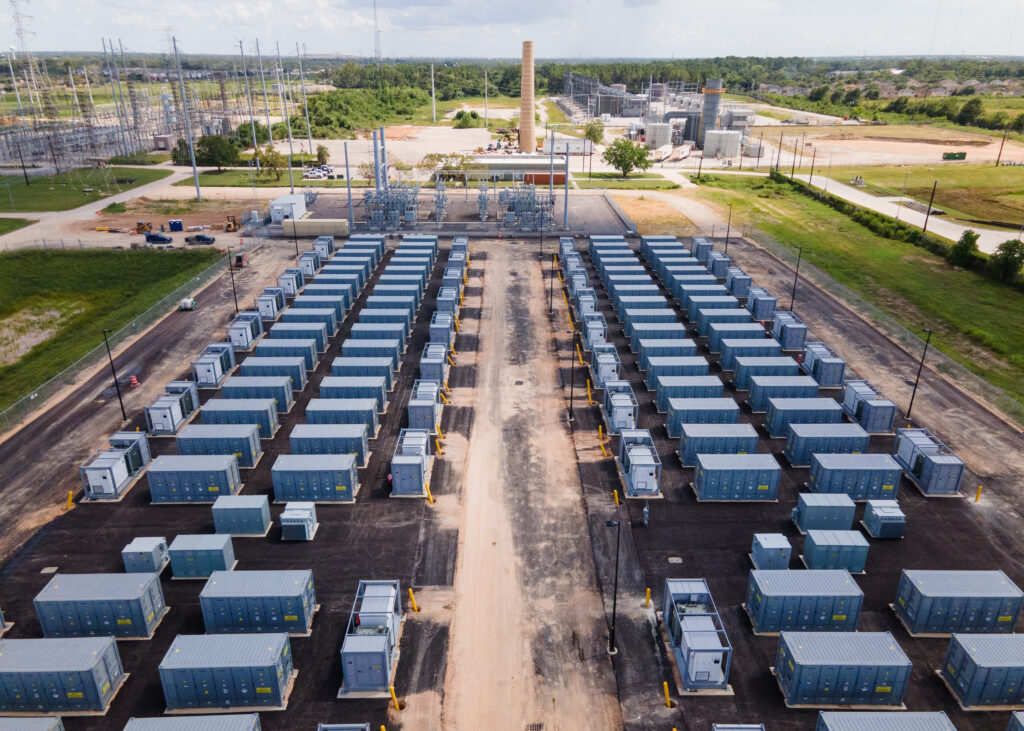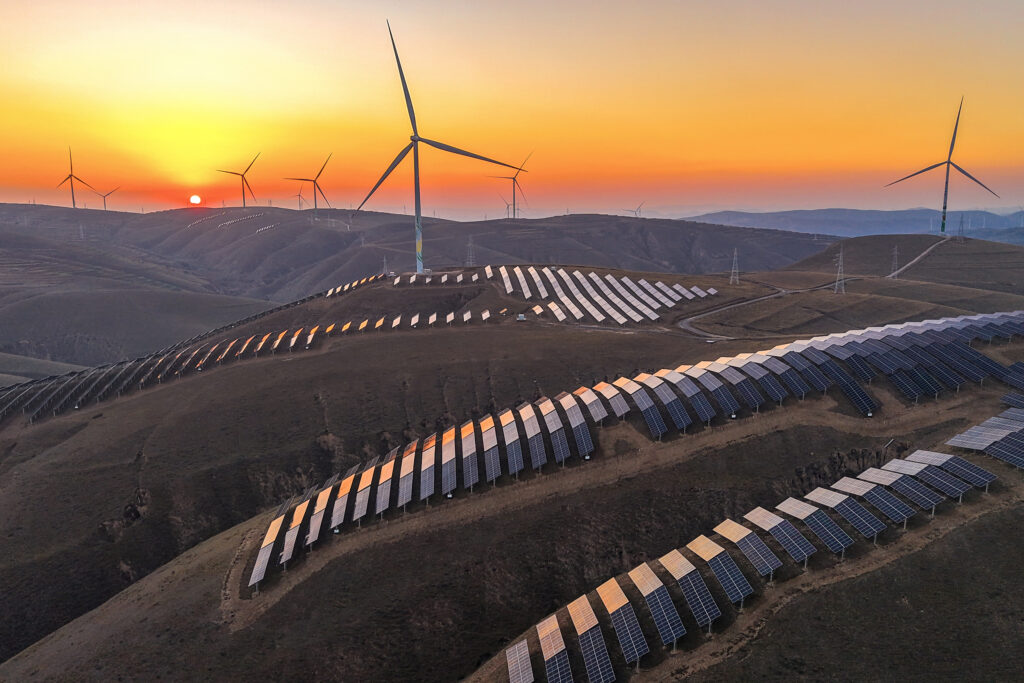Yesterday, all eyes pointed toward the sky as millions of people across parts of the U.S., Canada and Mexico witnessed the moon temporarily shroud the sun.
People traveled from around the country and world into the “path of totality” for this rare celestial event. Analysts projected that spending surrounding the total solar eclipse—such as booking hotels or dining out—could reach as high as as $6 billion. That’s about $300 million more than the Taylor Swift’s Eras Tour brought in for local economies within her path of totality during 2023, reported the Morning Brew.
For others, the eclipse offered a unique opportunity to study the environmental impacts of this temporary darkness—from unusual animal behaviors to solar power disruptions. Today, I wanted to spotlight some of these efforts and what experts have learned so far.
Solar Shrouding: For energy experts, a natural first place to look at eclipse impacts is the resource that relies on sunshine: solar. Since the U.S.’s last total eclipse in 2017, solar installations in the country have increased threefold, according to the National Renewable Energy Laboratory (NREL). Before yesterday’s eclipse, researchers at NREL used models to predict a decrease of about 35.3 gigawatt hours in solar energy across the country during the sun-blocking event (other estimates projected around 39.9 GWh).
While the overall impact has not yet been confirmed, losses were particularly high in Texas and “a swath of the middle of the country from Minnesota to Indiana to Louisiana,” writes Matthew Zeitlin for Heatmap. To prevent widespread blackouts, grid operators likely filled in the gaps using hydropower and natural gas, according to Solcast, a solar forecasting company.
You may be wondering why this matters if total eclipses are so rare. Jin Tan, a principal investigator at NREL has the answer: “The methodology from NREL’s eclipse study is applicable to any extreme weather event.”
This includes cloudy storms and wildfires, which spread smoke across vast expanses of the sky and reduce solar output by as much as 50 percent, reports Bloomberg. Some of these extreme weather events actually eclipsed the eclipse in parts of the country, including a major celestial festival in Texas that ended early due to forecasts of high winds, tornado activity, hail and thunderstorms.
Animal Oddities: Throughout history, citizen scientists have documented a variety of quirky behaviors from animals during eclipses—from honey bees swarming to nocturnal birds tweeting their tunes in the middle of the day. This year is no exception: Zookeepers at the Fort Worth Zoo in Texas saw many animals seemingly turning in early for the night by walking toward their barns and sleeping quarters as temporary darkness descended, reports CBS News.
But little research exists beyond anecdotal reports. That’s why NASA recruited an army of citizen scientists this year to be its eyes and ears on the ground during the eclipse, writes Geraldine Castro for Wired. The space agency asked people to record and make observations for how animals reacted, and to submit their findings to the “Eclipse Soundscapes” citizen science project. They will use these recordings to study different ways species perceive the eclipse in a more formal manner.
“When it comes down to it, answering our science questions about how eclipses impact life on Earth depends entirely on the data that people volunteer to contribute,” Kelsey Perrett, communications coordinator with the Eclipse Soundscapes Project, said in a statement. “Our participants, including our project partners and facilitators, allow us to span the entire eclipse path and collect way more data than would be possible for just one small team.”
Notes from the Field: I personally witnessed the eclipse from a patch of grass in Delaware, but a poorly timed surge of clouds blocked most of my view. Fortunately, my colleagues were scattered around the country gathering perspectives from eclipse-goers everywhere from Washington, D.C. to Indianapolis, which you can read about here.
Inside Scoop: I asked my colleague Keerti Gopal about some of the people she met while reporting in Plattsburgh, New York, which was directly in the path of totality.
Plattsburgh City Beach was packed with eclipse chasers who’d braved planes, trains, or hours of traffic in search of clear skies. Across the beach, groups were equipped with tents, picnic blankets, lawn chairs, and a wide array of telescope and camera setups.
Alejandro Languren, from Philadelphia, was among those with a pretty hardcore tech setup — he had a DSLR camera hooked up to an automated telescope that tracked the sun, linked to a tablet where he could record video of the eclipse and spot solar flares.
Astronomy is a hobby for Languren, who saw his first eclipse as a 16-year-old in Mexico. For this, his third eclipse, he considered Texas and Missouri before deciding last-minute that the weather looked most promising in Plattsburgh.
“Aside from all the technology and all the science, personally it’s very touching,” Languren said of experiencing totality. “You feel some sort of peace, excitement … and just a moment of awe.”
When totality hit, the crowd cheered and then hushed, mesmerized by what for some might be a once-in-a-lifetime sighting. For more than three minutes, darkness and a brilliant orange sunset fell over Cumberland Bay and every person’s eyes were raised to the bright, white circle in the sky.
Penelope and Justin Daniels, who had never seen totality before, sat on lawn chairs eating moon pies and reveling in the experience. The Daniels—who traveled more than eight hours through eclipse-induced traffic from New Jersey to Plattsburgh—were among the many people there who were enamored with the idea of experiencing a scientific phenomenon in real-time.
“I feel like as a country, as a society, we’re almost turning away from science,” Penelope said. ”[But] this is something that everybody can look up and see. Science is magic, but it’s real.”

Other Top Climate News
Despite global pledges to curb greenhouse gas emissions, carbon dioxide levels continued to rise in 2023, according to the National Oceanic and Atmospheric Administration (NOAA). The average level for this climate-warming gas was 419.3 parts per million last year, a more than 50 percent increase over pre-industrial times, reports the Associated Press.
On top of this, methane has risen by 3 percent in the past five years. The Biden administration has increased funding toward reducing methane, and Harvard University launched a satellite into space to monitor methane emissions from oil and gas, which my colleague Phil McKenna wrote about in March. But some worry that these efforts aren’t happening fast enough.
“Methane’s decadal spike should terrify us,” Stanford University climate scientist Rob Jackson, who was not involved in the NOAA report, told the Associated Press. “Fossil fuel pollution is warming natural systems like wetlands and permafrost. Those ecosystems are releasing even more greenhouse gases as they heat up. We’re caught between a rock and a charred place.”
Sticking to the dam beat that I covered last week, a large dam broke in the Russian city of Orsk on April 5, forcing 4,000 people in the area to evacuate and flooding more than 10,000 homes, reports the Associated Press. Officials say that the floods were caused by rising water levels in a nearby river, and a criminal probe is investigating suspected faulty construction that may have led to the catastrophic collapse.

















